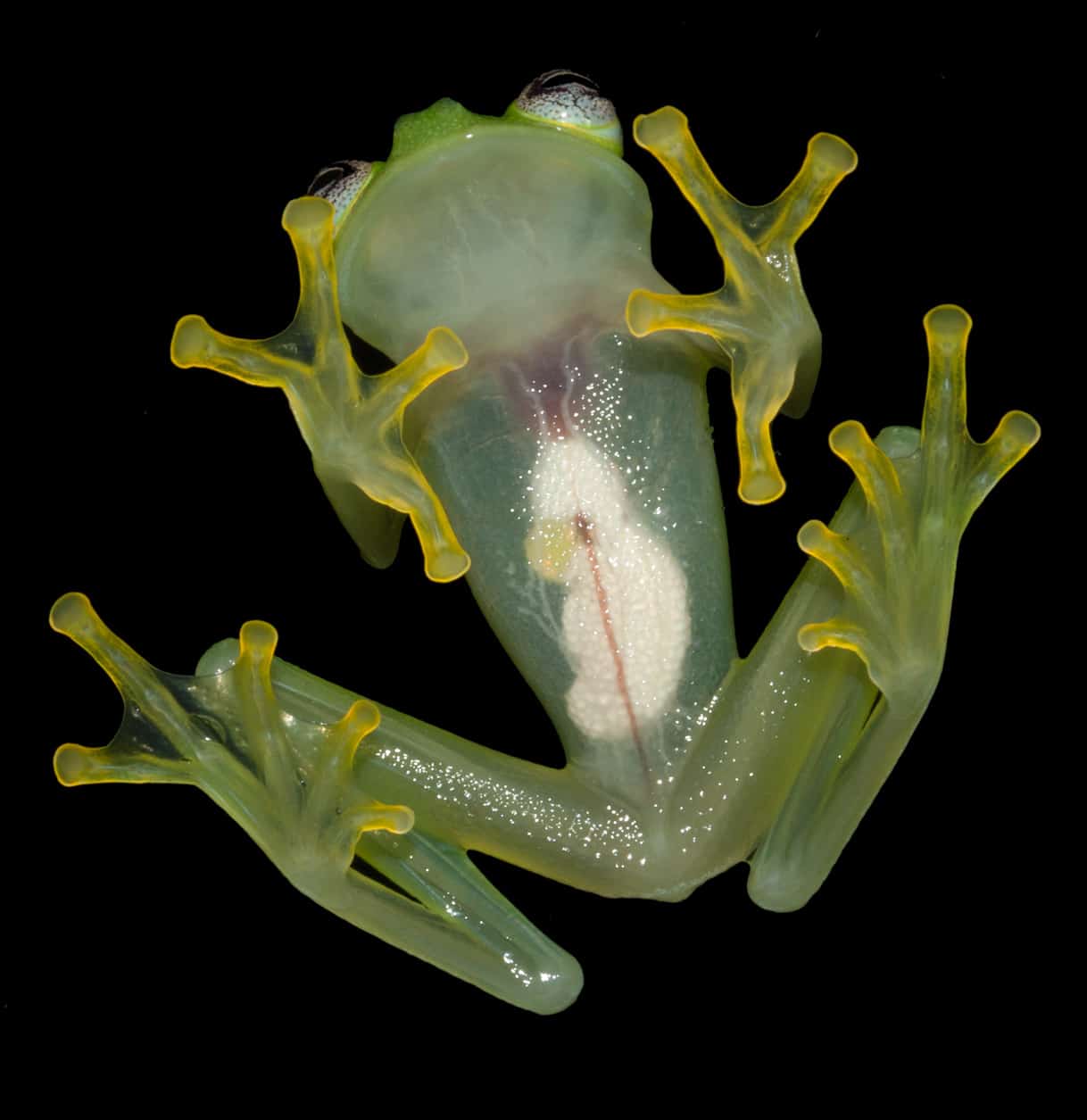A global wildlife summit in Panama will decide whether to take measures to protect the translucent glass frog and 12 types of freshwater turtles in its final week, which kicked off Monday.
Conservation experts and delegates from more than 180 nations began the week with a decision to maintain a ban on the trade of white rhinoceros horn, despite a request from Eswatini that was backed by Japan and several other African countries.
The tiny nation, formerly known as Swaziland, had argued the money from the sale of rhino horn would aid in conserving the threatened species.
Delegates also authorized the export of Brazil’s broad-snouted caiman and the saltwater crocodile from the Philippines for animals raised in captivity, but a ban on cross-border trade in Siamese crocodiles raised by Thai farmers was left intact.
The meeting in Panama City began on November 14 to discuss 52 proposals to modify protection levels set by the Convention on International Trade in Endangered Species of Wild Fauna and Flora (CITES).
The fate of several unique amphibians will be up for debate before the meeting wraps up on Friday.
“Freshwater turtles are among the main groups that are trafficked in the countries, and there is high pressure for international trade,” said Yovana Murillo, who heads a program against wildlife trafficking in the Andes, Amazon and Orinoco region for the Wildlife Conservation Society.
Brazil, Colombia, Costa Rica, and Peru want to list two species of matamata turtles, which live in the Amazon and Orinoco basins, on CITES Appendix II, which requires the tracking and regulation of trade.
Doris Rodriguez of Peru’s forestry service said that the striking matamata turtles, with their beetle-like appearance, have become sought-after pets and “face many threats.”
These include habitat destruction, pollution, illegal trade, and being hunted for their meat and eggs.
Glass Frog
Delegates will also debate regulating the trade of the nocturnal glass frog, found in several rainforests in Central and South America.
The amphibian is an increasingly popular pet. Some are a lime green color, while others have translucent bellies and chests.
“They are being collected for their beauty. They are being trafficked and some are in critical danger,” said Rodriguez.
CITES, in force since 1975, regulates trade in some 36,000 species of plants and animals and provides mechanisms to help crack down on illegal trade. It sanctions countries that break the rules.
The meeting of the parties to the convention takes place every two or three years.
On Friday, delegates rejected a request by Zimbabwe to allow the ivory trade to resume in some southern African countries, a decision lauded by conservation NGOs.
Another hot issue up for debate is the possible addition of protections for two major shark families, which could upend Hong Kong’s controversial shark fin trade.
Beleaguered Porpoise
The conference has seen fierce debate over the vaquita, a species of porpoise that lives in Mexico’s Gulf of California and is at risk of extinction.
On the eve of the summit, CITES issued an ultimatum to Mexico, to show progress in protecting the world’s most endangered marine animal by February 2023, or face sanctions against its fish exports.
Washington has argued that its neighbor is not doing enough to protect the vaquita, while Mexico countered it had boosted naval surveillance in the Gulf.
Good news also emerged from the summit: the Aleutian cackling goose was moved from the list of most threatened species to those no longer threatened with extinction, after its numbers increased.
“This is a positive story about the recovery of a species,” highlighted the president of the committee which approved the move, Britain’s Vincent Fleming.






